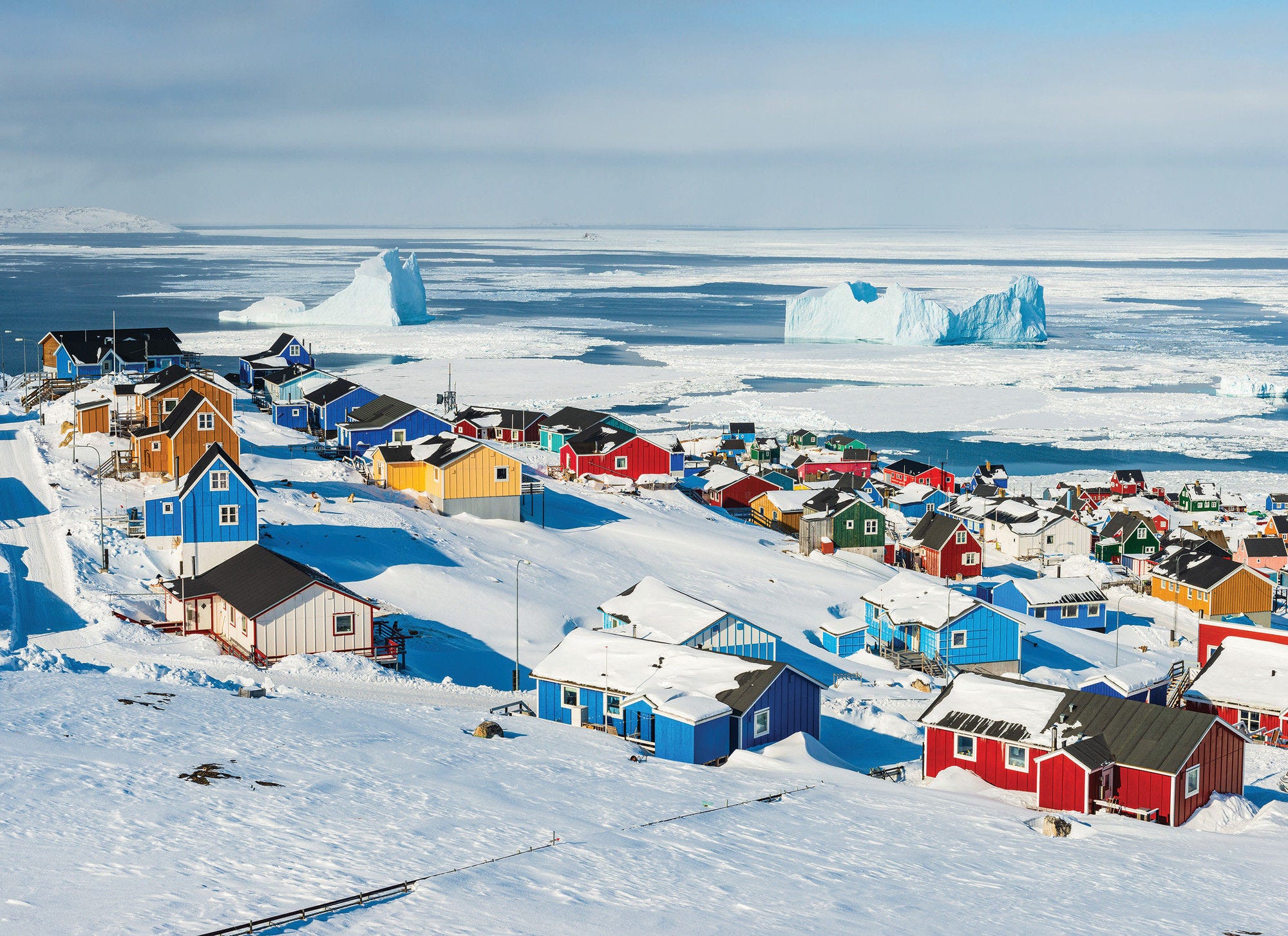The OECD ENV-Linkages model is a dynamic multi-sectoral, multi-regional CGE model that links economic activities to energy and environmental issues. A more comprehensive model description is given in Chateau et al. (2014[1]). While ENV-Linkages can provide emission projections for greenhouse gases and air pollutants, for this report, emissions of air pollutants are provided by the GAINS model, based on ENV-Linkages’ economic projections. Indeed, GAINS can provide a higher regional disaggregation with country-specific emission projections for all Arctic Council countries.
Production in ENV-Linkages is assumed to operate under cost minimisation with perfect markets and constant return to scale technology. The production technology is specified as nested constant elasticity of substitution (CES) production functions in a branching hierarchy. This structure is replicated for each output, while the parameterisation of the CES functions may differ across sectors. The nesting of the production function for the agricultural sectors is further re-arranged to reflect substitution between intensification (e.g. more fertiliser use) and extensification (more land use) of crop production, or between intensive and extensive livestock production. The structure of electricity production assumes that a representative electricity producer maximises its profit by using the different available technologies to generate electricity using a CES specification with a large degree of substitution. The structure of non-fossil electricity technologies is similar to that of other sectors, except for a top nest combining a sector-specific resource with a sub-nest of all other inputs. This specification acts as a capacity constraint on the supply of the electricity technologies.
Energy is a composite of fossil fuels and electricity. In turn, fossil fuel is a composite of coal and a bundle of the “other fossil fuels”. At the lowest nest, the composite “other fossil fuels” commodity consists of crude oil, refined oil products and natural gas. The values of the substitution elasticities are chosen as to imply a higher degree of substitution among the other fuels than with electricity and coal.
The model adopts a putty/semi-putty technology specification, where substitution possibilities among factors are assumed higher with new vintage capital than with old vintage capital. In the short run, this ensures inertia in the economic system, with limited possibilities to substitute away from more expensive inputs. However, in the longer run, this implies relatively smooth adjustment of quantities to price changes. Capital accumulation is modelled as in the traditional Solow/Swan neo-classical growth model.
Household consumption demand is the result of static maximisation behaviour, which is formally implemented as an “extended linear expenditure system”. A representative consumer in each region – who takes prices as given – optimally allocates disposal income among the full set of consumption commodities and savings. Savings are considered as a standard good in the utility function and do not rely on forward-looking behaviour by the consumer. The government in each region collects various taxes to finance government expenditures. Assuming fixed public savings (or deficits), the government budget is balanced through the adjustment of the income tax on consumer income. In each period, investment net-of-economic depreciation is equal to the sum of government savings, consumer savings and net capital flows from abroad.
International trade is based on a set of regional bilateral flows. The model adopts the Armington specification, assuming that domestic and imported products are not perfectly substitutable. Moreover, total imports are also imperfectly substitutable between regions of origin. Allocation of trade between partners then responds to relative prices at the equilibrium.
Market goods equilibria imply that, on the one side, the total production of any good or service is equal to the demand addressed to domestic producers plus exports; and, on the other side, the total demand is allocated between the demands (both final and intermediary) addressed to domestic producers and the import demand.
ENV-Linkages is fully homogeneous in prices and only relative prices matter. All prices are expressed relative to the numéraire of the price system that is arbitrarily chosen as the index of OECD manufacturing exports prices. Each region runs a current account balance, which is fixed in terms of the numéraire. One important implication from this assumption in the context of this report is that real exchange rates immediately adjust to restore current account balance when countries start exporting/importing emission permits.
As ENV-Linkages is a recursive-dynamic model and does not incorporate forward-looking behaviours, price-induced changes in innovation patterns are not represented in the model. However, the model does entail technological progress through an annual adjustment of the various productivity parameters in the model, including autonomous energy efficiency and labour productivity improvements. Furthermore, as production with new capital has a relatively large degree of flexibility in choice of inputs, existing technologies can diffuse to other firms. Thus, within the CGE framework, firms choose the least-cost combination of inputs, given the existing state of technology. The capital vintage structure also ensures that such flexibilities are larger in the long run than in the short run.
The sectoral and regional aggregation of the model, as used in the analysis for this report, are given in Tables A.1 and A.2, respectively.
